What is LAN (Local Area Network)?
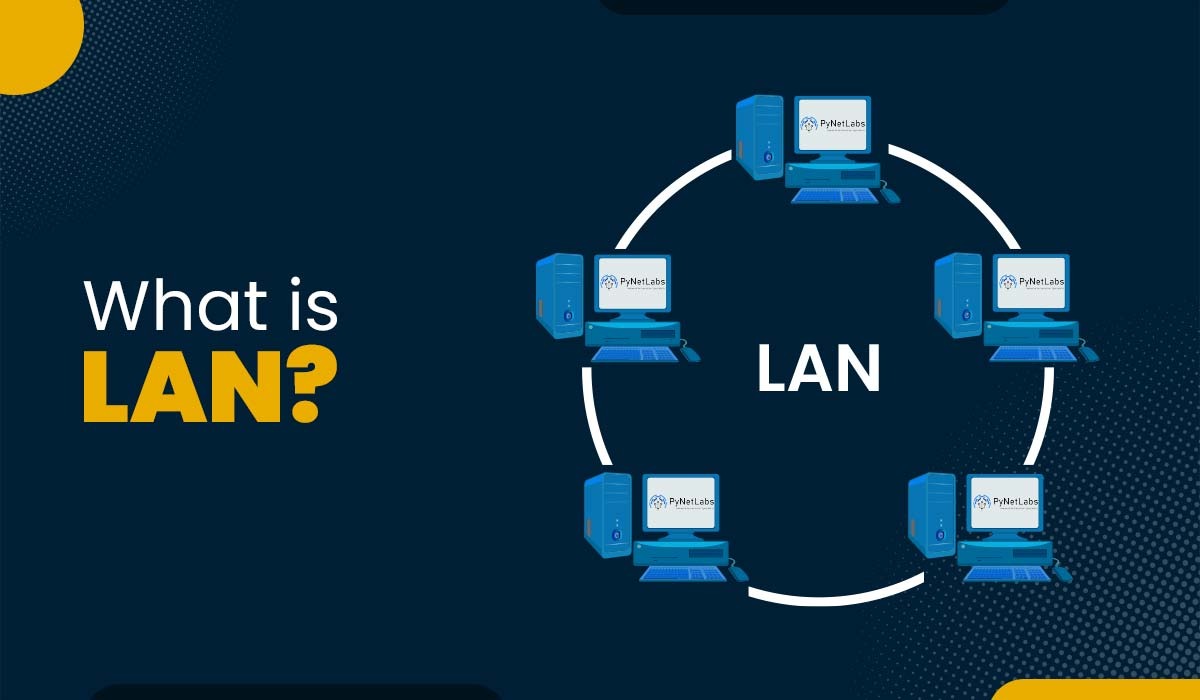
A computer network is a digital network that provides a central connection point for several computers and other computing devices. There are different types of computer networks, each of which may be classified according to the scale of their operations and purpose. One of the most common types of computer networks is LAN. But what is LAN? In this blog post, we will explain LAN or local area networks. We will also look at how a LAN works, its characteristics, and the different types of LANs. LAN stands for local area network, which is a network of computers and other electronic devices that are all located in the same physical area. LANs can be found almost everywhere, including homes, public workplaces, and public libraries. The purpose of LAN is to allow computers and other peripherals located in the same area to connect and exchange information with one another easily. LAN can only be functional when devices are linked to a network that can either be wired or wireless. When we talk about wired networks, we use ethernet cables, and WIFI is utilized in the case of wireless networks. The history of LAN can be traced back to the 1970s when Xerox PARC developed the first Ethernet standard. Ethernet uses coaxial cables to transmit data at 2.94 megabits per second (Mbps). In 1980, the Institute of Electrical and Electronics Engineers (IEEE) standardized Ethernet as IEEE 802.3, which increased the data rate to 10 Mbps, and introduced twisted pair cables and hubs. In 1985, IEEE 802.4 introduced token bus LAN and in the consecutive year 1986, IEEE 802.5 introduced token ring LAN. In the late 1980s and early 1990s, LAN technologies such as FDDI, ATM, and Fast Ethernet emerged, offering higher data rates of 100 Mbps or more. Year after year, advancements have been made to meet different organizations’ needs and provide better usability. We now have a basic understanding of “What is LAN?” and its history. Now let’s discuss the working of LAN. We already have discussed that LANs are implemented either with the help of a wired network (cable) or wireless network (WIFI). When devices are connected with the help of a wired network, it is known as wired LAN. Also, when devices are connected with the help of a wireless network, it is known as wireless LANs. Below we have explained how LAN works with the help of a diagram and the necessary components used in the working of LAN. When two or more computers and different components of LAN within the same geographical area are connected to a network switch, it forms a LAN. An Ethernet cable is used to make this connection. The network switch establishes a connection with a modem, which allows the delivery of internet connectivity. Technology such as CSMA/CD guarantees that data is sent successfully through cable connections and that data packets are not in conflict with one another. The network interface card (NIC) is a hardware device that connects a computer to a local area network (LAN). With the help of NIC, devices can share data packets over the LAN, following the protocols and standards of the network. Local Area Networks are structured using switches and routers. The data packets are routed across the network with the help of the hardware that works as an interface and controls the connections between the various nodes. Mainly there are two types of LAN. These are: It comprises a network of clients that communicate with a single server. Files, printers, and other network activity are all controlled by the server. A client may be any device that can access and use software, such as a desktop computer, a tablet, or a smartphone. Clients may connect to the server through wired or wireless networks. A peer-to-peer LAN consists of devices that act as both clients and servers. The devices can directly communicate and share resources with each other without requiring a central server. For example, a computer may share files and printers with other computers on the same network in a home LAN. This type of LAN is mostly used in homes. We already have explained the types of LANs; they can further be classified on the basis of topology. Let’s understand in detail. Some of the common topologies are: Bus: A bus network is a type of arrangement in LAN in which a single cable connects all the devices on the network. The data is transmitted in both directions along the cable until it reaches the intended destination. Star: A star topology consists of a central device (such as a switch) that connects all the other devices on the network. The data is transmitted from one device to the central device and then to another device. Most of the time NIC card acts as an interface between the LAN cable and the PC in order to communicate with other available devices in a star topology. Ring: A ring topology consists of a closed loop of cable connecting all the network devices. The data is transmitted in one direction along the loop until it reaches the intended destination. One such example of ring-based topology LAN is IEEE 802.11 (IBM token ring) which generally operates at 4 and 16 Mbps. LAN is relatively easy to set up compared to a Wide Area Network (WAN), which links computers and other network devices over a larger geographical region. In the case of LAN, all you require is a computer, its associated peripherals, and a wired or wireless connection. Apart from the above-explained characteristics, some of the main characteristics of LANs are: LAN stands for local area network, which is a group of devices or computers that are connected within a limited or small geographical area. Some common examples of LAN are home WIFI networks or hybrid networks that combine wired and wireless technologies to connect different devices in a school or a library. LANs can be classified on the basis of topology. These are: LAN is used for many purposes, some of which are to share resources, such as files, printers, and internet access, and communicate with each other. Mainly there are 4 types of networks, these are: In this blog post, we have learned about “What is LAN”, working, characteristics, and types of LANs. LANs are computer networks connecting devices within a limited area, such as a building, office, or home. Various characteristics such as high speed, high security, and better reliability make LANs one of the most used networks. If you have any doubts or suggestions, you are most welcome to comment below.Introduction
What is LAN?
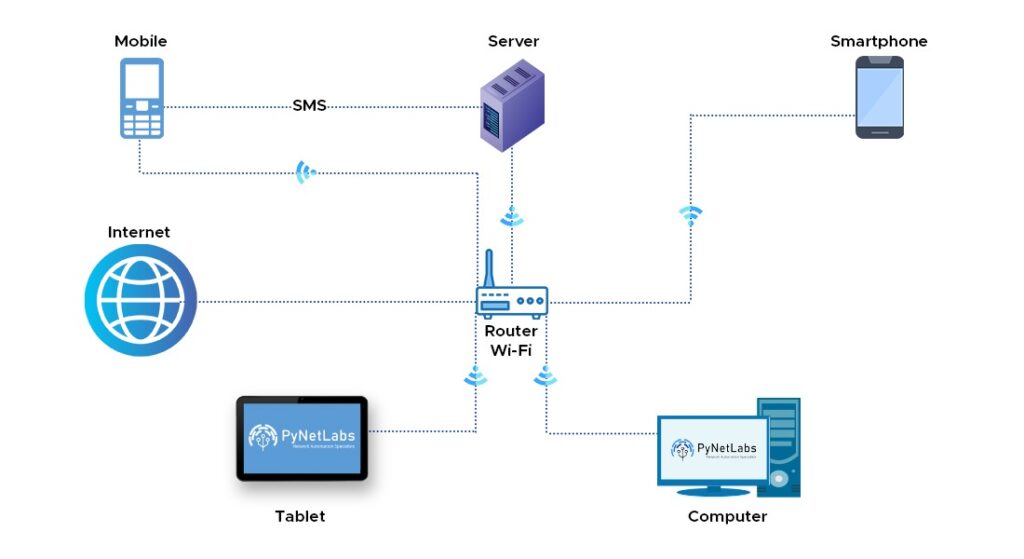
History of LAN
How does Local Area Network works?
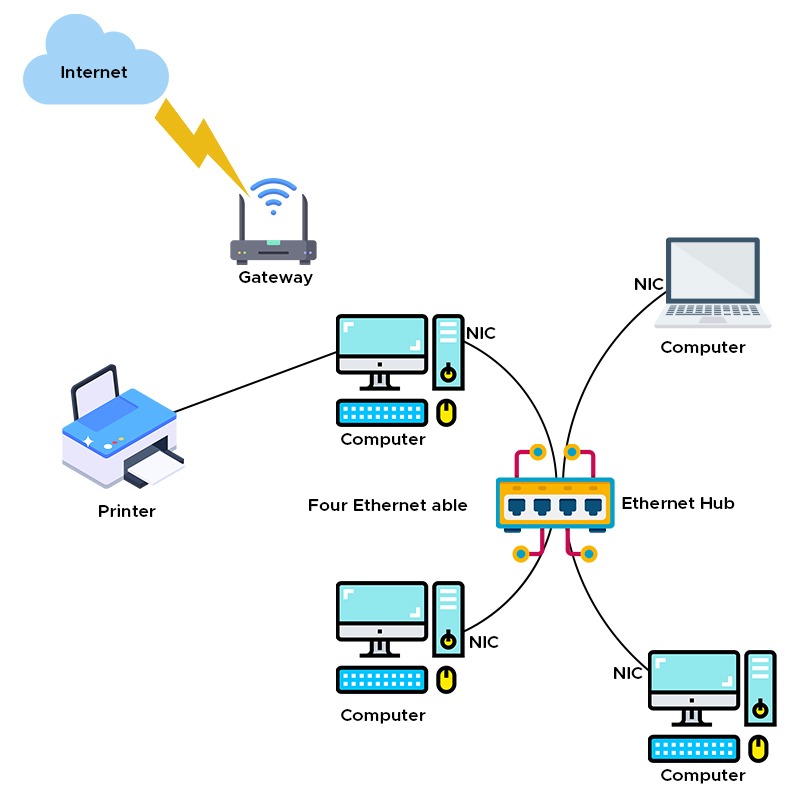
Types of Local Area Network
Client/Server LANs
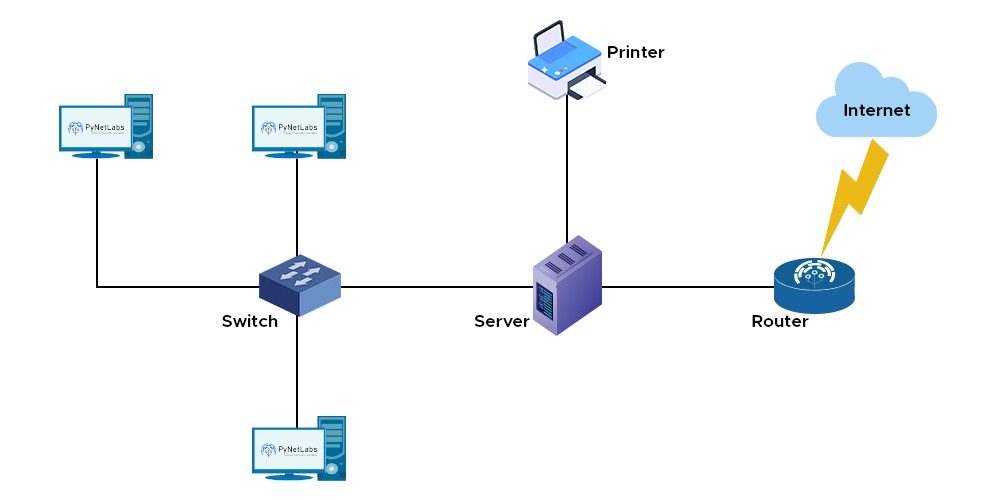
Peer-to-Peer LANs
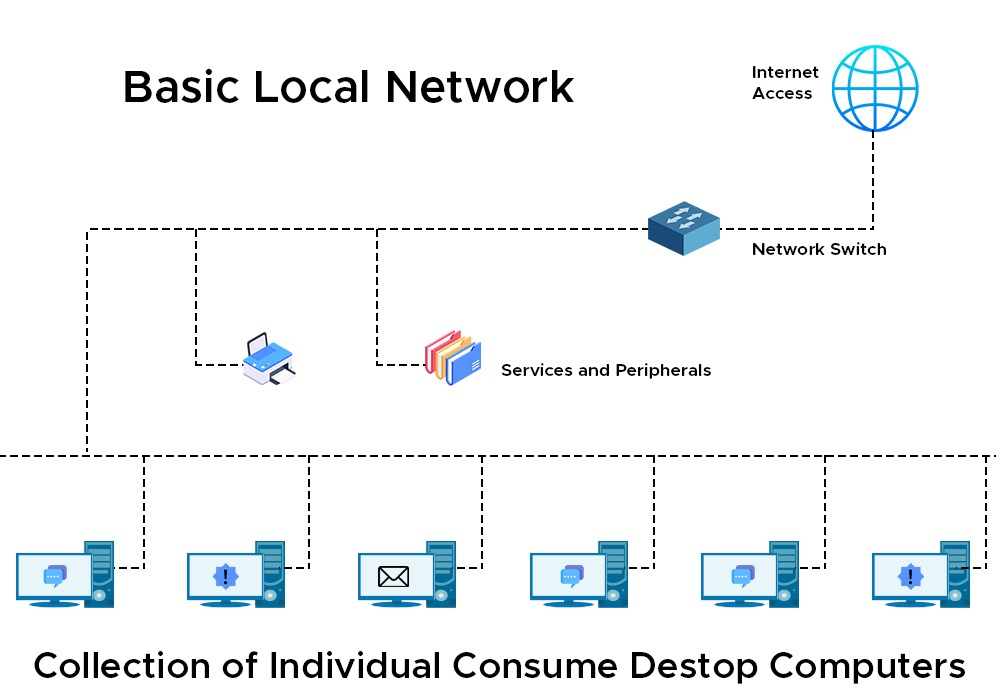
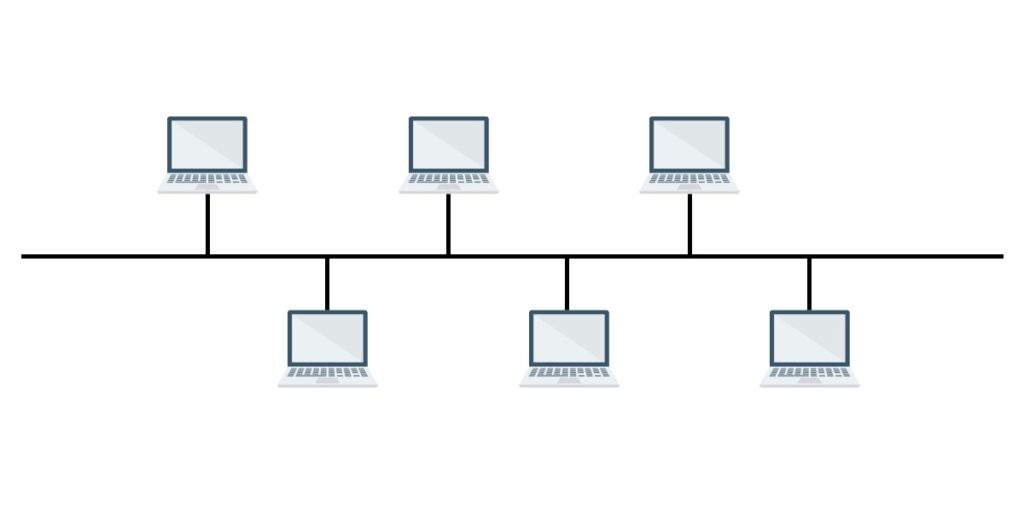
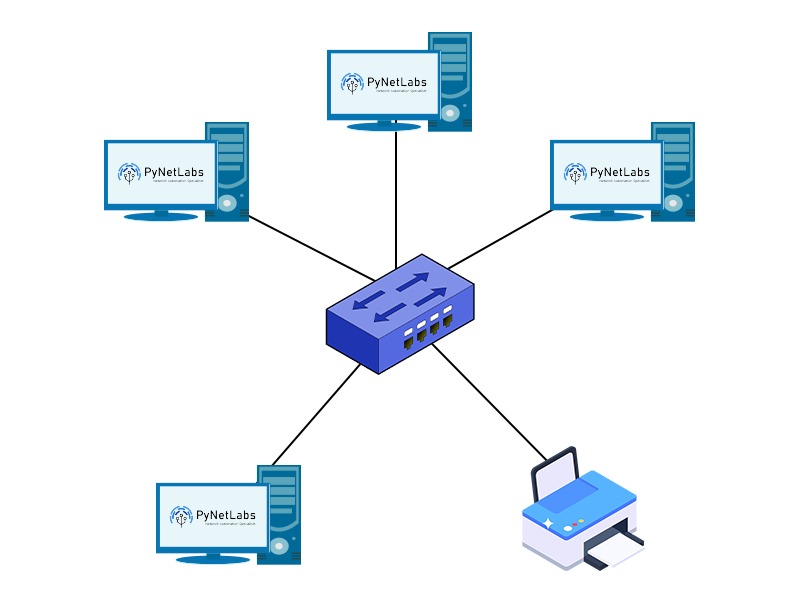

Characteristics of LAN
Advantages of LAN (Local Area Network)
Disadvantages of LAN (Local Area Network)
Frequently Asked Questions
Q1 – What is LAN and examples?
Q2 – What are 3 types of LAN?
Q3 – What is a LAN used for?
Q4 – What are the 4 types of networks?
Conclusion







